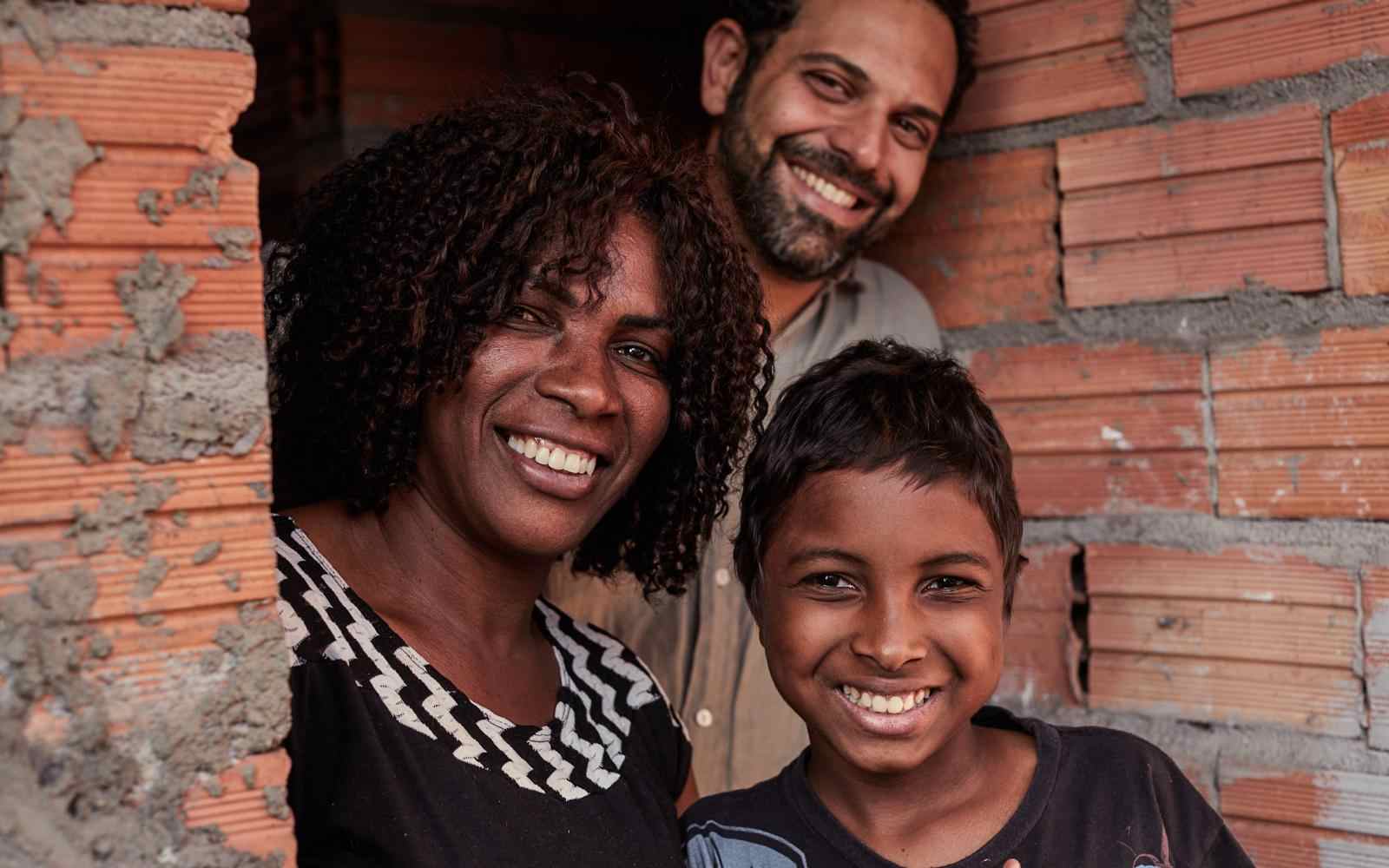
Revolutionizing the housing market in Brazil
This interview features Ashoka Fellow and Dela accelerator participant Fernando Assad. Fernando’s nonprofit organization Vivenda provides safe and secure housing solutions that improve the quality of life and dignity of lower-income Brazilians. In Brazil alone, an estimated 25 million houses are inadequate. They typically lack proper infrastructure, such as sanitation, clean water, and electricity, and are often constructed from substandard materials, leading to issues such as overcrowding, poor living conditions, and vulnerability to natural disasters. This ends up affecting the health and quality of life of over 80 million people (about twice the population of California). By revolutionizing the construction industry and placing customers at the center of their innovation, the non-profit organization Vivenda provides safe and secure housing solutions that improve the quality of life and dignity of lower-income Brazilians. In this interview, its founder and Ashoka Fellow Fernando Assad shares more about how they scaled their impact strategy. How did your changemaking journey begin? I began as a consultant in public-funded programs aimed at improving urbanization infrastructure in São Paulo’s favelas, a densely populated, informal settlement often found in urban areas of Brazil, characterized by makeshift housing and limited access to basic services. Through this experience, I discovered that existing housing programs often overlooked the living spaces themselves, focusing primarily on infrastructure like water works and sanitation. I saw that there was a real necessity for additional innovation that would provide suitable housing solutions tailored to the needs and affordability of lower-income Brazilians. And that is how Vivenda was born. Vivenda is a Brazilian social enterprise founded in 2014 with a mission to make safe and secure housing accessible to millions of lower-income Brazilians. Through its management platform for housing improvement with innovative approaches to construction and financing, Vivenda has transformed the lives of thousands of individuals, enhanced their well-being and contributed to sustainable economic development. By preserving existing homes, we seek to foster the expansion of social capital within communities. Disrupting families’ lives by relocating them to distant housing complexes can sever their ties to workplaces and social networks. We work in cooperation with local non-profit organizations, especially those involved in health and education, to identify and address the specific needs of each community. We also maximize the utilization of local resources, including construction materials and labor, empowering the community and stimulating local development. Why is your approach different from others? How has innovation been translated into Vivenda’s work? We usually say that the house is the place of all causes. When we promote adequate housing, we are directly impacting the health, safety, self-esteem and well-being of its residents. So, at Vivenda we seek to revolutionize the conventional housing construction industry, allowing collaboration between actors in the sector (e.g., individuals, building supplies sellers, public and private funders and construction professionals), a major challenge in the housing market. The company has already completed more than 5,000 renovations across Brazil, providing thousands of individuals with an improved quality of life and a sense of dignity. In the first 7 years of the operation, in which we were direct executors of the renovations, we validated all the operating assumptions. This means that we have confirmed — through research, testing, or analysis — that the key premises and expectations regarding how specific aspects of the construction project function or are executed become accurate and reliable, reducing uncertainties and risks. Now, for scaling, we changed our role to facilitate the journey of other actors. And in this sense, technology is even more fundamental.